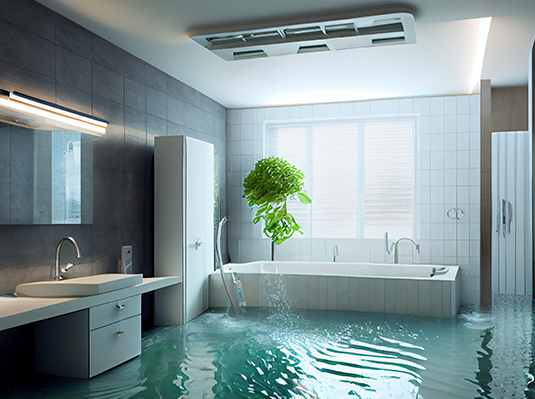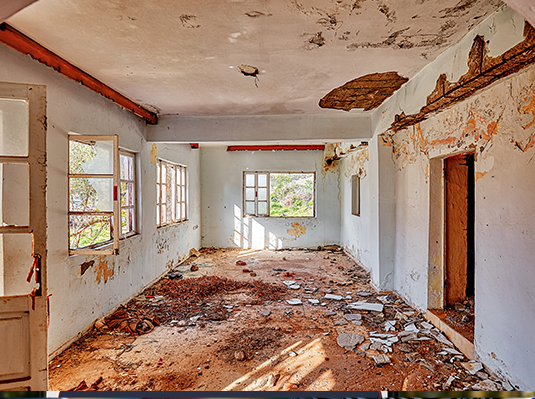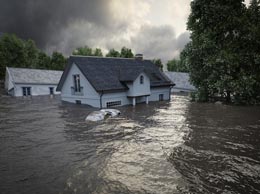
We have water in pipes that run through our walls and foundations. We have water in our large home systems equipment such as water heaters and HVACs. We have water running and flowing through our homes in multiple ways, and quite often, water can end up in places where it shouldn’t be, causing extensive damage to your home and personal property. There are several different water coverages that you can have on your homeowners insurance policy to arm yourself against the threat of water damage. One of the most common of these is water backup coverage.
What is Water Backup?
Water backup, sometimes called sewer backup, is coverage that comes into play when there is water that backs up into the home from a drain or toilet. Typically, these types of incidents are not covered by a standard homeowners policy, so if a homeowner comes home to an inch of water in their bathroom due to an overflowing toilet, they will be left to pay for the damages to their flooring, walls, and personal belongings on their own.
Water Backup Options
When it comes to water backup coverage, there are only two decisions to make: deciding to opt-in or opt out of the coverage, and how much coverage to choose. The first choice should be simple. It is recommended that every homeowner have coverage for water backup. Some home insurance companies include this coverage in their policies but you’ll want to confirm with your agent if that is the case. The latter question can be a little trickier. How much water backup coverage do you need? The best answer is to have as much coverage as you can afford. Most companies will offer $5,000 as the minimum limit for anyone who chooses to have water backup coverage. This limit can range up to $50,000 or more. Typically, increasing the limit does not result in a drastic increase in premium, so it is usually worth it to do so. Here are a few factors to consider when weighing your options:
- Quality of Building Materials - The price to replace cabinetry and flooring can vary greatly depending on the material that you have in your home. Inflation and the cost of building materials can also play a factor in determining how much coverage is needed. A home with custom wood cabinetry and real hardwood floors in the kitchens or bathrooms will likely need more coverage to be repaired.
- Number of Stories - Any damage caused by water backing up will only be covered up to the chosen limit. In a multi-story home, there is always the possibility of a second-floor backup causing damage to both the first and second floors.
- Type of Plumbing System - Be aware of the plumbing and water system that your home has. Does your house connect to city water or a private well? Do you have a sump pump to get rid of excess water near your foundation? These things play a factor in the likelihood that you will have serious damage occur as a result of water backup.
The contents of this article are for informational purposes only. You should not act or refrain from acting based on this information without first consulting a Goosehead licensed agent at [email protected]. We disclaim all liability for actions taken or not taken by you based on the contents of this article which is provided "as is." Goosehead makes no representation that this content is error-free.


